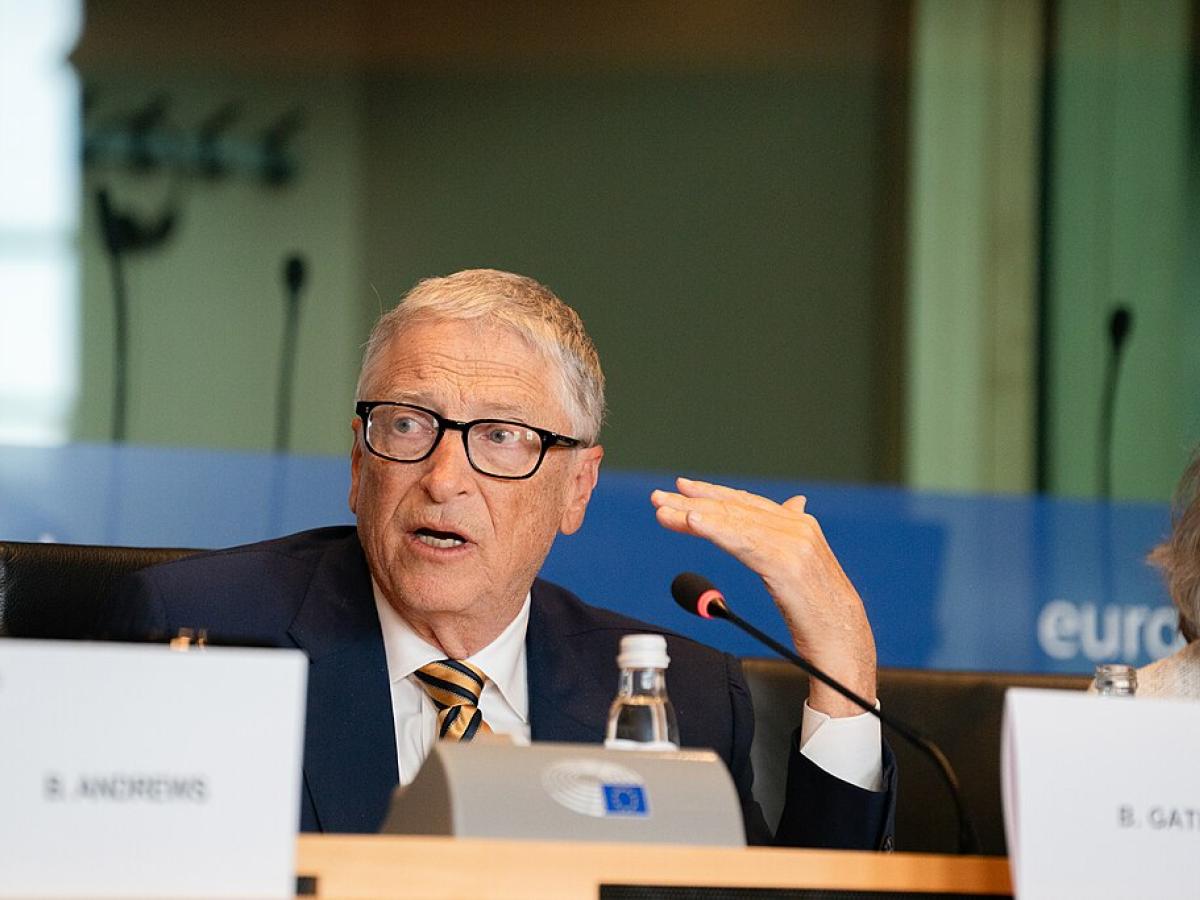
I recently got into conversation with a young man who asked me, “Do you believe in God?” When I replied, “Yes,” I almost regretted it, because his next move was to ask, “Why?” and I found this question troublingly difficult to answer.
Of course, I could have dredged up the old philosophical arguments for the logical existence of God – but none of that would have really captured the thing I have no words for. Belief is like… Oh, what is it like? A glitch… no, a glimmer… no, like a glimpse of… No. Goodness. What is it? I’m lost for a word or even a metaphor that will somehow express what it feels to say “yes” and “I believe in God” and in that moment, even if only for a moment, to feel oneself transported or transposed out of this tiresome, human existence and into something that is... well, it’s something…
I think it's fair to say that conversations about believing in God are unusual these days, especially when the circumstance is an 18-year-old lad talking with a woman in her late 30s – albeit the lad in question was a philosophy undergraduate and we were at Cumberland Lodge, where such conversations are welcomed amongst those of all faiths and none. Even so, it still felt rather unusual to be asked a question like that, not out of hostility but just casually over dinner, and to see him genuinely and respectfully interested to hear what I might have to say in response.
Eventually I did come up with some kind of an answer; I can’t remember what. And naturally, I turned the question back on him. Turns out he did believe in God, in fact he was Jewish, so he stumbled out some kind of answer too, but I think it's fair to say that he was hardly more erudite than I was. Eventually, we both agreed that it was rather difficult to describe the indescribable, and our conversation turned to rather easier topics - the food, the weather, geopolitics...
There is a loneliness to the feeling that there is a bit of ourselves that cannot be valued because it cannot be shared, and it is hard to recognise a part of our inner world as ‘real’ and valid if it cannot be communicated and affirmed.
The question of believing in God was done with. Yet here I am weeks later, still pondering why it was so hard for me to articulate what it means to live with that belief, and why that part of the conversation ended, but still felt so unfinished.
Has faith always been so indescribable? I suspect it rather has not. These dark evenings always tend to lure me to my bookshelves, seeking out my “comfort books” that I read and reread year after year. Mostly cosy fiction of course, but alongside those, a non-fiction favourite is Sheila Fletcher's, Victorian Girls: Lord Lyttleton’s Daughters. The book is a fascinating study of a family of young women in the Victorian era, faithfully compiled from their own real letters and diaries, so that the voices of Meriel, Lucy, Lavinia and May Lyttleton themselves can all be heard clearly on every page. I just love to read this book over and over again, entering into the hopes, sorrows, loves and ambitions of these young women – so similar and yet so different to my own.
One thing that stands out particularly is how clearly and easily they each articulate their sense of faith. They were, of course, heavily schooled in Victorian public piety, but there is most certainly a real faith there too. A favourite passage of mine is an excerpt from the teenage diary of Lucy Lyttleton, recounting the day of her Confirmation. She speaks of a ‘nice and stilling’ drive to church, with her parents either side in the carriage, and then:
I seem to remember nothing very distinctly till I went up and knelt on that altar step, feeling the strangest thrill as I did so… and I know how I waited breathlessly for my turn, with the longing for it to be safe done, half feeling that something might yet prevent it.
Oh, to be so thrilled by a religious ritual, and to have both the words and the courage to write about it. After all Lucy, what if someone might be reading your diary 150 years later?
In mainstream society nowadays, most of us simply don't talk about faith, religion, and what it all means to us personally in that way. It’s not the done thing in a (presumed) secular society. Consequently, it is now very hard to write about it too. Yet, many philosophers in the past century have observed a link between our self-identity and what we can communicate. For example, philosopher Charles Taylor describes how our sense of ‘self’ is formed in “webs of interlocution” wherein what we take to be “good” relies on what we can effectively talk about, and thus have affirmed by those we talk to. If we turn Taylor’s idea around, might we say that when there are parts of ourselves that we cannot talk about, parts for which we cannot find social recognition and affirmation, then we cease to value those parts of ourselves as good, or may cease to recognise them at all?
With that comes a sense of isolation. There is a loneliness to the feeling that there is a bit of ourselves that cannot be valued because it cannot be shared, and it is hard to recognise a part of our inner world as ‘real’ and valid if it cannot be communicated and affirmed.
To me it feels that, as we talk about faith less and less, and as the language of faith becomes ever more confined, not even just to private conversations but to our own inner worlds, our “webs of interlocution” are beginning to shrink and disintegrate – until believing in God can feel more like dangling on a loose and solitary strand than being part of any kind of web. It’s a lonely place to be – there is a part of me that feels important, but no one can affirm it.
And yet, by simply asking the question of each other, and being ready to listen respectfully to whatever answer was forthcoming, it seems that me and a teenage lad managed to connect two lonely strands together. It was of no consequence that we worship in different faith traditions, or that neither of us really found the words to say what we wanted to say – a conversation took place, and a certain web of interlocution started to form. For some, reading this, there may be a feeling of resonance, or a moment of understanding, and perhaps that too adds a little to the web, as different people’s words and thoughts and experiences begin to connect across different times and places.
Webs do more than just create connection; webs capture things too. Perhaps, as this web spreads between different readers and thinkers and speakers, that’s what will happen to this question of believing in God. After a certain point, such a web may even become large enough and robust enough to finally start to capture some useful words, or an apt metaphor, that will really help me to say something about what it means to have faith. To be able to say it is to be able to share it, and in these lonely times, being able to say something is really not nothing.






